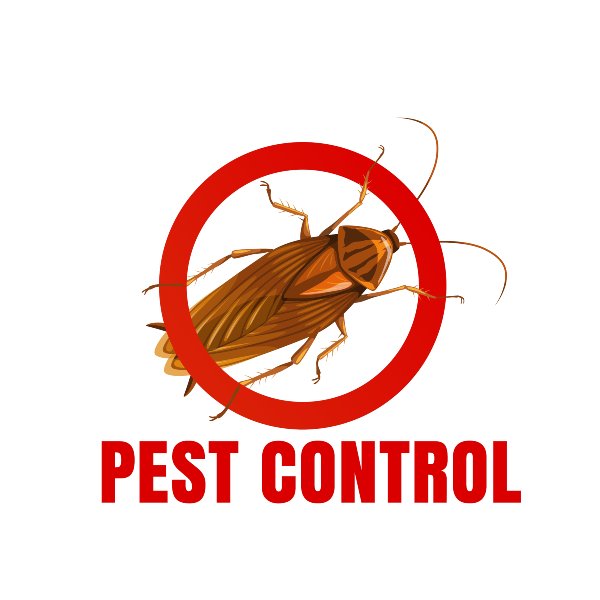Bed Pest Therapy Malfunction: Comparing Chemical Vs. Non-Chemical Solutions
In the world of parasite control, particularly when handling the relentless problem of bed insects, the selection between chemical and non-chemical treatment services can be a crucial one. Both approaches provide distinct advantages and downsides, influencing aspects such as performance, security considerations, and general price. By examining the nuanced information of each method, a clearer understanding of which path to pursue in attending to a bed pest infestation can be acquired.
Effectiveness of Chemical Therapies
Chemical therapies for bed pest problems have been widely identified for their powerful and quick effectiveness in eradicating these bugs. When taking into consideration the efficiency of chemical therapies, it is important to recognize that they can provide a quick and thorough option to a bed bug trouble.
Furthermore, chemical treatments have the advantage of using residual results, suggesting that they can remain to get rid of bed insects also after the first application. This recurring activity is especially beneficial in combating any type of prospective re-infestations. Additionally, the rapid action of chemical treatments can bring relief to people encountering serious bed insect invasions, permitting them to reclaim control of their home rapidly.
Safety Worry About Chemical Solutions
One essential facet that calls for careful factor to consider when making use of chemical remedies for bed bug treatment is making certain the security of occupants and the setting. Direct exposure to particular chemicals used in bed insect treatments can lead to respiratory system problems, skin irritation, or other negative reactions, especially in people with pre-existing problems or level of sensitivities.
Moreover, the environmental effect of chemical remedies is one more significant consideration. Some chemicals made use of in bed pest treatments might be hazardous to valuable insects, wild animals, and ecosystems if they seep right into the soil or water systems. It is necessary to utilize chemical therapies carefully, adhering to safety and security guidelines, and considering less hazardous choices to alleviate these risks and guarantee the secure and efficient monitoring of bed bug invasions.
Benefits of Non-Chemical Approaches
Taking into consideration the possible safety and security problems and environmental impact linked with chemical remedies for bed bug treatment, discovering non-chemical strategies offers an encouraging alternative with several distinct benefits. Non-chemical treatments are environmentally friendly, as they do not contribute to air or water air pollution, making them a lasting choice for pest control.
Additionally, non-chemical options can be effective in targeting bed insects, including hard-to-reach areas where chemical treatments might not penetrate - A1 charlotte bed bug exterminator. Techniques such as heat therapy, vacuuming, vapor cleansing, and mattress encasements offer comprehensive eradication without the usage of hazardous chemicals.
Limitations of Non-Chemical Treatments

Furthermore, non-chemical treatments usually need several applications to accomplish effective elimination. This can be lengthy and household pest control might not always ensure total removal of all bed pests and go to my site their eggs, specifically in concealed or hard-to-reach locations.
In addition, the success of non-chemical treatments heavily relies upon proper implementation and thoroughness, which can be testing for people without professional expertise. Insufficient application of non-chemical techniques may lead to incomplete elimination, leading to persistent problems and the need for extra treatments.
Consequently, while non-chemical therapies have their benefits, it is necessary to acknowledge these constraints and consider them when figuring out the most efficient technique for managing bed bug invasions.
Expense Comparison: Chemical Vs. Non-Chemical Options
Offered the limitations associated with non-chemical therapies, an essential element to evaluate in the context of bed pest monitoring is the expense comparison between chemical and non-chemical options. Chemical treatments generally entail the application of pesticides by experts, which can range from $250 to $900 per room, relying on the seriousness of the problem and the size of the area to be treated. On the other hand, non-chemical therapies like warm therapy or vapor can be extra expensive, with expenses varying from $1,000 to $6,000 for a whole home. While the initial expense of chemical treatments may seem lower, numerous therapies may be needed to fully eradicate the invasion, possibly increasing the overall expense. On the other hand, non-chemical alternatives might give a much more eco-friendly and lasting option, although they can be cost-prohibitive for some individuals. Ultimately, when considering the cost of bed bug therapy alternatives, it is essential to consider the in advance expenditures versus the performance and long-term sustainability of the selected approach.
Verdict

Taking into consideration the click for info prospective safety and security problems and ecological effect associated with chemical remedies for bed insect treatment, exploring non-chemical strategies provides an encouraging choice with several distinct advantages.Given the restrictions connected with non-chemical therapies, a crucial facet to review in the context of bed pest management is the price contrast between chemical and non-chemical alternatives. In comparison, non-chemical therapies like heat treatment or steam can be more costly, with costs varying from $1,000 to $6,000 for an entire home. While the initial price of chemical therapies may seem reduced, several treatments might be required to fully get rid of the infestation, potentially boosting the general price.In verdict, when comparing chemical and non-chemical bed insect therapy alternatives, it is essential to consider performance, safety and security, advantages, limitations, and price.